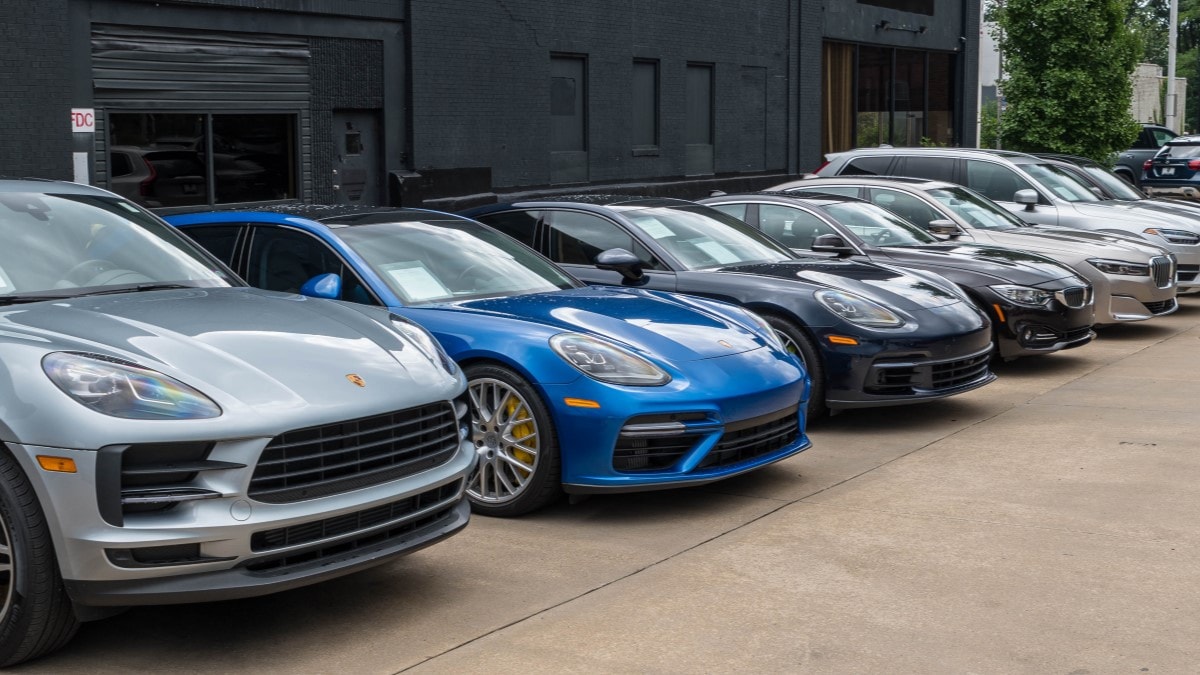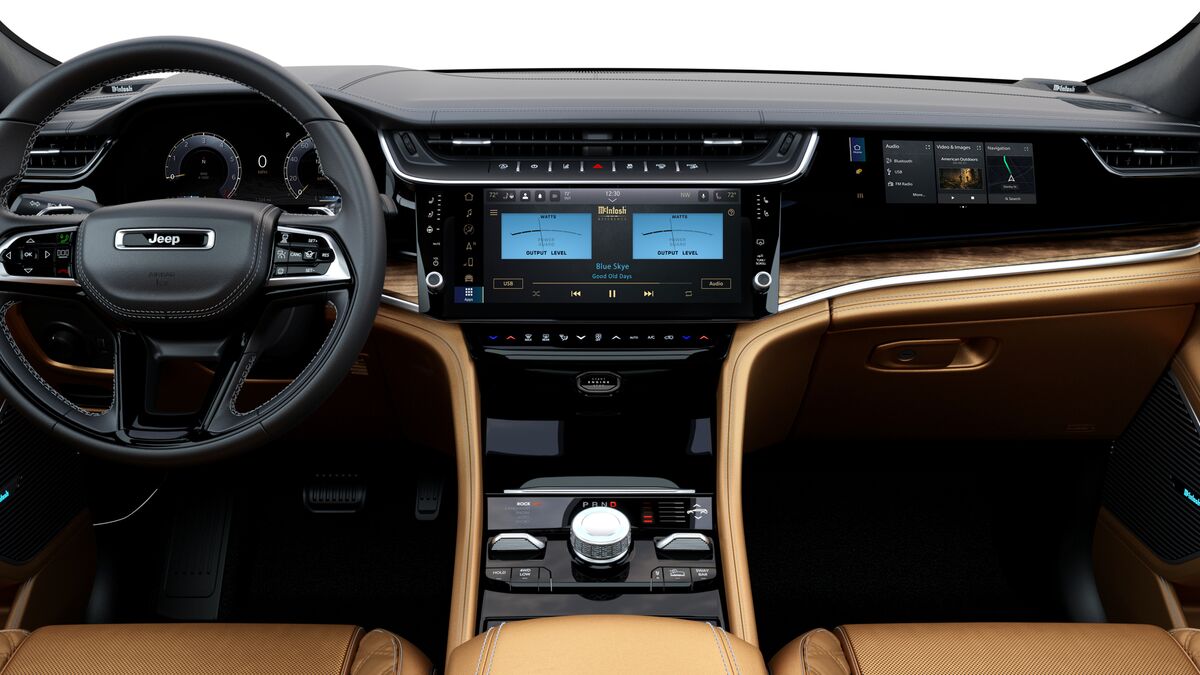The Federal Reserve left interest rates unchanged Wednesday, a day after the government’s primary measure of inflation showed consumer prices essentially flat. According to Cox Automotive Senior Director of Economic and Industry Insights Mark Strang, the move was not a surprise, but it’s rough news for car shoppers.
Cox Automotive owns Kelley Blue Book.
How the Fed Affects Your Car Loan
The Federal Open Market Committee of the United States Federal Reserve, commonly called “the Fed,” sets the interest rate for overnight loans between banks. That interest rate trickles down through the economy, influencing the rate banks charge on credit cards and loans.
The rate has remained at a 23-year high for a full calendar year. The Fed is trying to reel in inflation, as high interest rates prevent many consumers from borrowing to buy costly items like houses and cars.
Related: Is Now The Time To Buy, Sell, or Trade-in a Car?
Interest Rates Keeping Would-Be Shoppers Home
The effect has constrained the car market. “Both new and used vehicle sales volumes are likely at or near their maximum potential until interest rates come down because many buyers with lower credit scores who were able to purchase a vehicle in the low-rate world before 2022 are unable to afford a vehicle at the current rates,” Strand says.
Economists measure car sales in a metric called the “seasonally adjusted sales rate” (SAAR). This metric attempts to remove normal seasonal fluctuations to show how many cars Americans will likely have purchased by the end of the year if the current sales rate holds.
Pre-pandemic, the rate routinely topped 17 million. During the worst of pandemic-related lockdowns, it fell into the 12-million range. May saw it rise to 15.9 million.
Automakers and dealerships are offering increasing discounts to entice shoppers. However, there is a limit to how many Americans will shop for cars when borrowing money is difficult.
Dealers Have High Costs, Limited Potential Customers
“Interest rates are also vexing dealers,” Strand says.
They face a low number of possible buyers. Most brands also have higher-than-normal inventories this month, which are costly, as dealers are typically making monthly payments on the cars on their lots.
That combination of factors has dealers worried. In a recent Cox Automotive survey, they proved pessimistic about the current market and the near future.
That’s all unlikely to change, Strand says, “until we start to see interest rates finally move materially lower. Welcome to the waiting game.”
He notes, “Based on the latest data and the Fed’s statements, markets now see September as the earliest date for a possible initial cut.”








